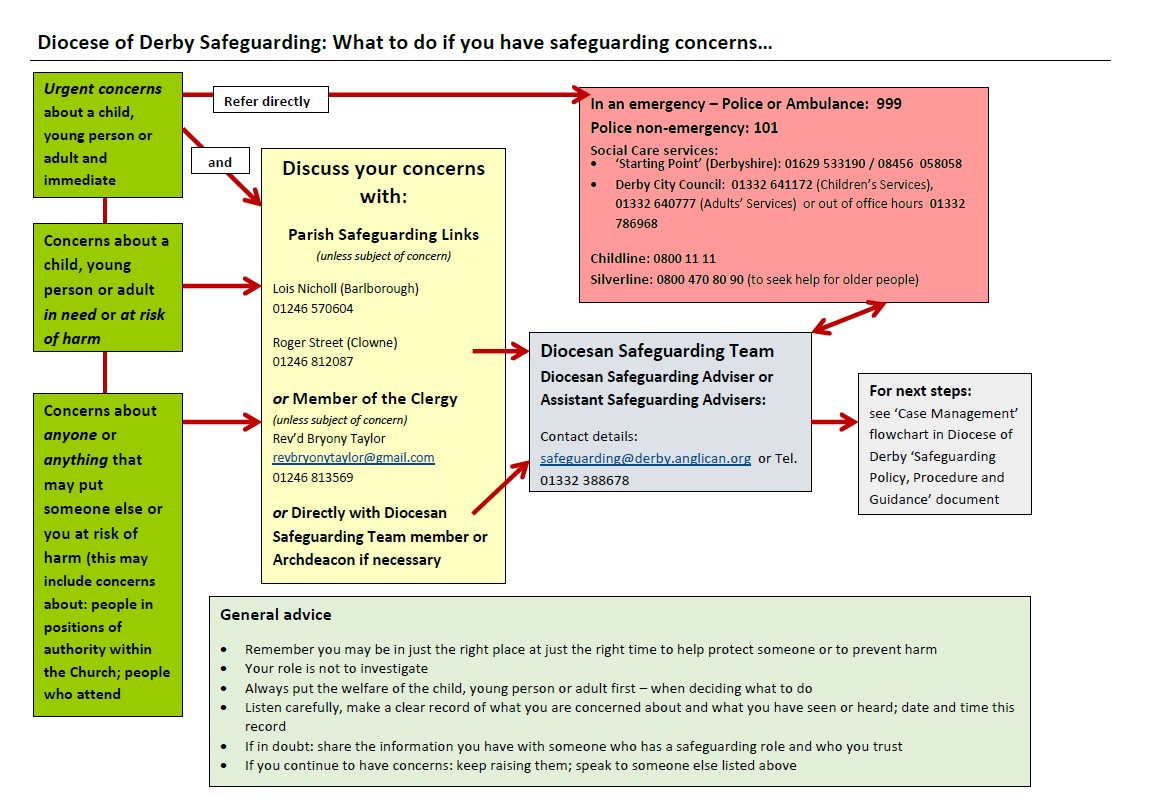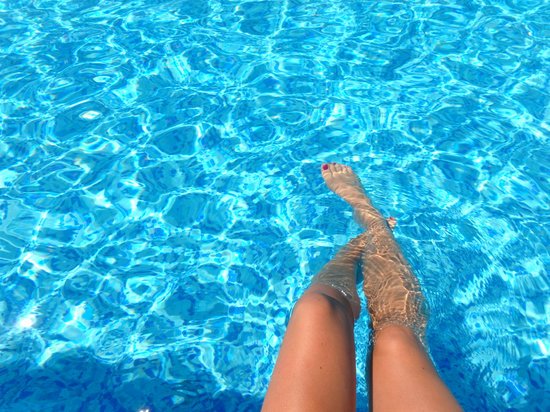

Animation has been shown by many studies to help improve cognition and is often used as a guiding tool.
#THE FLOW EXPERIENCE OCCURS WHEN SOMEONE HOW TO#
Meditation is an important method of mindfulness training, but for most people who do not have the basic training, it’s difficult to master how to get into a state of mindfulness. The mechanism between mindfulness and creativity is still uncertain. However, there are few studies on the relationship between mindfulness and creativity. Previous studies have shown that mindfulness has significant effects on positive affect (PA), working memory capacity, cognitive flexibility and many other aspects, which are the key to promoting creativity. An implication of these is the possibility that the effective strategies aimed at enhancing both the levels of physical activity and mindfulness are needed to reduce the negative impact of mind-wandering on flow.Ĭreativity is so important for social and technological development that people are eager to find an easy way to enhance it. These findings are helpful to understand how our minds attend to the present moment, and the crucial roles of physical activity and mindfulness in the association between mind-wandering and flow. Moreover, multiple mediation results demonstrated that physical activity and mindfulness, respectively, mediated the relationship between mind-wandering and flow. Mind-wandering was inversely associated with physical activity, mindfulness and flow, respectively and flow was positively related to physical activity and mindfulness, respectively. A multiple mediation model was used to examine the relationships between mind-wandering, flow, physical activity, and mindfulness. Descriptive statistics and bivariate correlation coefficients were applied in the analysis of these data. The current study investigated the relationship between mind-wandering and flow, and the potential mediation effects of physical activity and mindfulness in this association.Ī cross-sectional exploratory study design, including multiple scales such as the Mind-Wandering Questionnaire (MWQ), the International Physical Activity Questionnaire Short Form (IPAQ), Mindfulness Attention and Awareness Scale (MAAS), and the Short Dispositional Flow Scale (S-DFS) was applied. And it is also elusive whether physical activity and mindfulness, which are as important factors that affected individuals’ attentional control and psychological health, are beneficial in explaining the association between mind-wandering and flow. However, it remains unclear to what extent mind-wandering exerts an impact on flow. There seems to be a negative relationship between mind-wandering and flow. Individuals with mind-wandering experience their attention decoupling from their main task at hand while others with flow experience fully engage in their task with the optimum experience. Researchers wanting to capture an aggregate of the multidimensional framework might find the short scales a pragmatic alternative when constraints prohibit use of the full-length versions. Together, the scales provide options for assessing flow in different contexts and when different goals or constraints are operating. With few exceptions, these flow measures demonstrated acceptable model fit, reliability, and distributions associations with key correlates in parallel and hypothesized ways and invariance in factor loadings. In the current study, long and short flow scales are assessed across a large and diverse physical activity sample.

The short flow scales constitute new abbreviated versions of the long forms, contain 9 items, and provide a brief measure of flow from a dimensional perspective.

The long flow scales constitute a 36-item multidimensional assessment of flow and have previously demonstrated good psychometric properties.

Long and short flow scales are examined from dispositional (n=652 long n=692 short) and state (n=499 long n=865 short) perspectives.


 0 kommentar(er)
0 kommentar(er)
